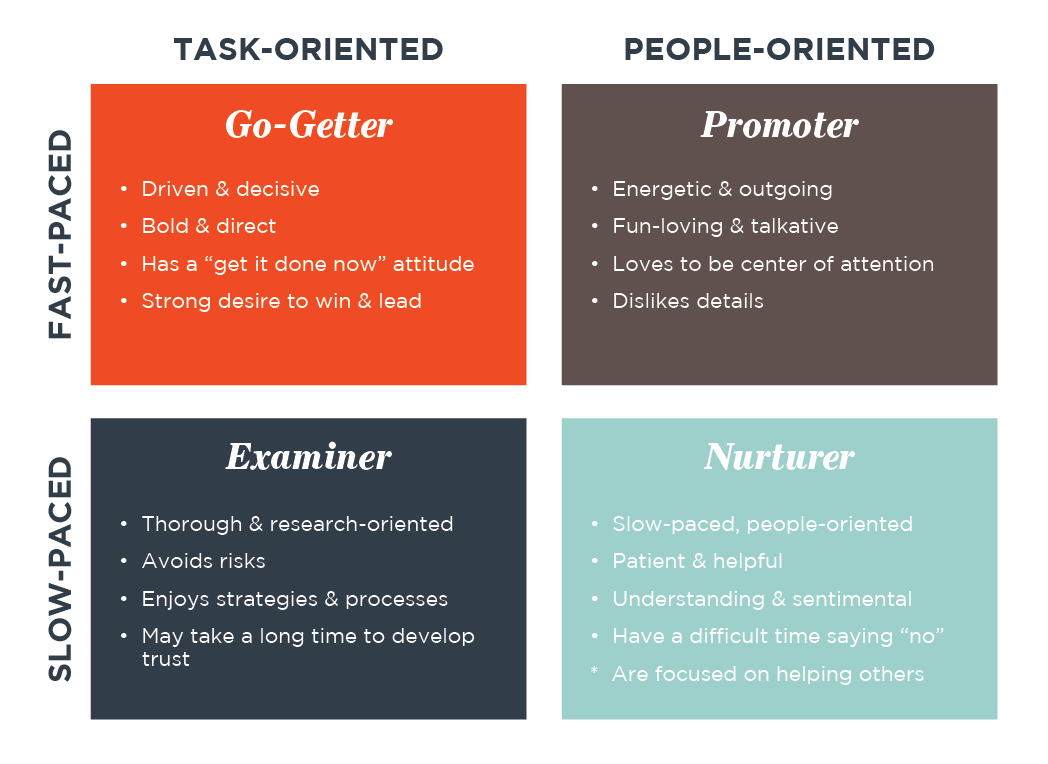Do you remember when cold calls and door to door sales were extremely common and many times successful? Now, we either choose to ignore those potential spam calls, begrudgingly answer the door, or hideout and pretend like no one is home. Sales are moving far away from that type of approach and adapting to a better way that is more focused on trust and authenticity.
“In the model of Relationship Marketing, by developing trusting and authentic relationships, these relationships will develop a profit,” Ernie Dimalanta, CEO Dimalanta Design Group.
Traditional sales were more focused on solving problems and convincing people to purchase their products and services rather than on developing a relationship. By flipping this process around and spending more time on building a relationship and assessing needs with prospects or those in your circle of influence, you will spend less time doing actual sales.
5 Tips on building relationships with your network
1. Live by the Platinum Rule
You’ve probably heard the Golden Rule: treat others the way you want to be treated. The problem is that treating others the way I want to be treated isn’t always what someone else really wants. By changing one word in the Golden Rule and making it the Platinum Rule, it becomes a much better rule: treat others the way THEY want to be treated. Be proactive in understanding your referral network’s personality – their likes and dislikes – is more effective in getting better responses.
2. Make time every day to connect with your people
Commit to 30-90 minutes per day to building good, solid relationships by varying your methods of communication. Connect with them on Linkedin, send them a text, maybe even a phone call, or even crazier, send them a letter! There are many ways you can change it up to keep your relationship with your network fresh. Remember, more time spent = more value! People who like you are less likely to leave the partnership and remain a valuable part of your referral network.
3. Develop a scorecard that keeps you accountable for relationship development
Develop a simple scorecard based on relationship-building activities that you can implement and assign a point value to each activity. Keeping yourself accountable by tracking your activities provides a measuring system of effectiveness. “Happy Calls” refers to activities you engage in with your network showing your trust and authenticity. These are in no way pushing sales or business – simply take time to be genuine, learn about each person in your network and build a lasting relationship with them.
Example of a scorecard:

4. Communicate to your audience in a way that fits their personality
Using this diagram, you can easily determine someone’s personality:

Ask these questions to yourself: are they slow-paced or fast-paced? Are they task-oriented or people-oriented? By determining these questions, you can place yourself and your network in one of these 4 categories and learn how to communicate with them based on their unique personality.
5. Move your contacts through the VCP model
This equation is a great tool when evaluating professional relationships and which circle they reside in:

Visibility Circle
Understanding who you are and what your company does, but haven’t engaged with your brand.
Credibility Circle
Trusting relationships, one on one meetings, support through events, etc. but doesn’t actively engage with your brand.
Profitability Circle
Engage with your brand, personal relationships, purchase products, refer new business and customers.
Work hard by living by the Platinum Rule to move your network from the outer circle into the inner profitable circle by nurturing important relationships.
Integrating trust and proving authenticity through Relationship Marketing will help you fine-tune your communications based on their personalities, maintain positive relationships and cultivate new profitable ones.

